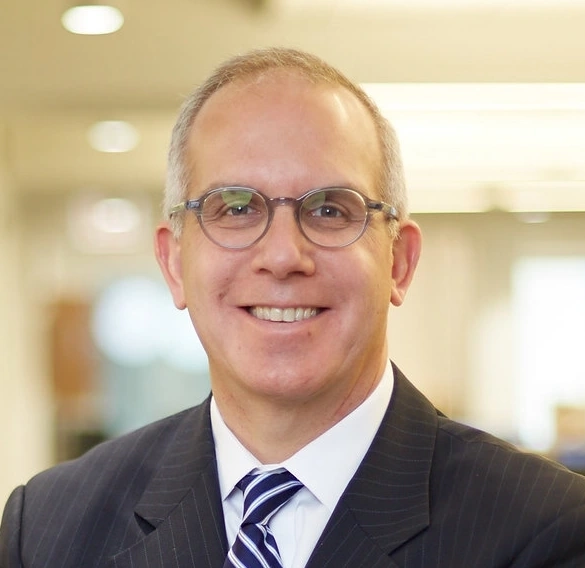Nine states are cooperating to expand the variability of and accessibility to ABLE accounts for people with disabilities. Sadly, government benefits are insufficient to fully cover the needs of many disabled persons. Between medical bills, assisted living devices, home upgrades and limited opportunities for gainful employment – people with disabilities are forgotten. Therefore they must supplement these benefits with their own savings.
ABLE Accounts
ABLE accounts were first authorized by the U.S. Congress in 2014. Generally government benefits begin to phase out once people reach a certain income or savings threshold. Savings in ABLE accounts are exempt from these phase outs.
ABLE accounts allow people to deposit up to $100,000 without losing access to Social Security or Medicaid. Moreover, interest in these accounts accrues tax-free. These accounts can be used to pay for education, transportation, housing medical bills and other expenses. Federal law permits the creation of ABLE accounts however the states must pass their own regulations to create them. To date, 40 states have passed laws authorizing ABLE accounts however none are available to consumers.
The problem
ABLE accounts are specialized and available only to a relatively small group of people. Only persons who suffered a disability before their 26th birthday may utilize these accounts so attracting private partners is difficult. With such a small pool of eligible account holders, banking companies have little to no incentive to create accounts under the ABLE program.
Expanding access
To overcome this issue, nine states, including Illinois, have agreed to coordinate their policies, in effect creating a giant ABLE account market. To access this market, banking companies need only comply with a single set of regulations rather than nine individual state regulations. This reduces costs for the banking companies and expands the pool of eligible account holders. As more private partners agree to craft ABLE accounts, these states will be able to offer a greater variety of plans to their residents.
So far the following states have joined the consortium: Illinois, Alaska, Iowa, Rhode Island, Minnesota, Kansas, Missouri, Nevada and Pennsylvania. It is believed that combined these states will have 47 million people.
Earlier this year, federal law was changed to allow anyone with disabilities to create ABLE accounts in any state program. So once these states set up their ABLE accounts, their eligibility pool may expand to include the entire country.



